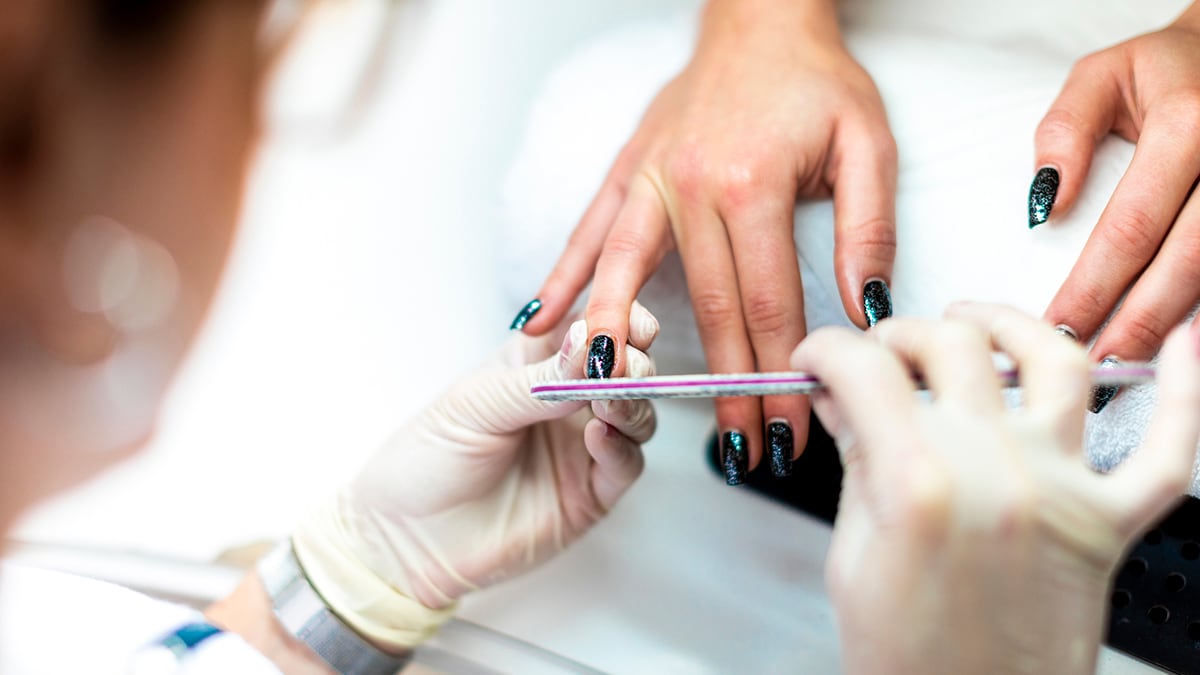Key points
- Working with formaldehyde could increase your chances of having fertility problems or miscarriage.
- Learn more about formaldehyde and related chemicals and what you can do to reduce your exposure.

Why I should be concerned about formaldehyde exposure

Formaldehyde is an organic chemical usually used in a water solution as a preservative and disinfectant. Closely related chemicals include formalin and glutaraldehyde.
Formaldehyde is known to cause cancer. Working with formaldehyde may increase your chances of having fertility problems or miscarriage.
Most exposures to formaldehyde at work are not likely to be high enough to enter breast milk. But formaldehyde may enter breast milk at exposure levels found in some workplaces, such as anatomy and mortuary science laboratories.
Who is exposed to formaldehyde
Workers most commonly exposed to formaldehyde include:
- Funeral home employees
- Anatomy and mortuary science laboratory workers
- Pathology/cytology laboratory workers
- Cosmetologists, beauticians, and nail salon technicians
What I can I do to reduce or eliminate exposure
For all workers
Protect yourself by talking to your employer or workplace's safety officer to find out the formaldehyde exposure levels in your workplace. The Occupational Safety and Health Administration (OSHA) has set permissible exposure limits for formaldehyde (0.75 ppm as a time-weighted average (TWA). The NIOSH recommended exposure limit (REL) is 0.016 ppm (TWA), or 0.1 ppm (15-min ceiling).
Formaldehyde levels have not been reported for every workplace that uses this chemical, but some workplaces might exceed these limits.
Wear appropriate gloves when handling formaldehyde. Formaldehyde and other solvents can be absorbed through the skin. Formaldehyde can break through some of the most common types of gloves in 15 minutes or less. Gloves made from butyl rubber, neoprene rubber, or nitrile rubber are generally recommended. Latex rubber, natural rubber, polyethylene, or polyvinyl alcohol gloves are not recommended because they do not offer adequate protection against formaldehyde.
Some activities have higher exposures than others. For example, dissections of the chest and abdomen appear to have higher levels of formaldehyde exposure. If you are working with tissues, cadavers, or animal specimens preserved using formalin, rinse the specimen in water before beginning dissection. Keep the formalin solution under a chemical fume hood or in another room while in the lab.
Additional ways to reduce formaldehyde exposure at work:
- Wear safety glasses and chemical aprons.
- Wash any formaldehyde off your skin and change clothes after work.
- Open windows and doors and use external ventilation systems.
- Clean drips and spills quickly with formaldehyde neutralization pads.
- Remove formaldehyde-contaminated waste from the work area.
- Place formaldehyde-contaminated waste in sealed, labeled containers.
For pregnant and breastfeeding workers
Research in lactating animals suggests that formaldehyde levels higher than 2 ppm can enter the animals' milk. We don't know how likely this is for humans.
Current exposure limits were written for healthy non-pregnant workers and might not protect a developing fetus.
Respirators can be worn to reduce the amount of certain chemicals that workers breathe in. Charcoal masks or surgical masks will not protect you from these chemicals. To be effective, respirators must be used correctly. Learn more about respirators and pregnancy. Talk to your doctor and your employer if you think you might need to use a respirator.
Resources
Getting help
You can talk your supervisor or occupational safety officer about avoiding duties with formaldehyde exposure on a temporary basis during pregnancy.
For information on the Pregnant Workers Fairness Act, please see resources from the U.S. Equal Employment Opportunity Commission (EEOC) website.
Talk to your doctor about potential hazards at work. Make sure to mention that your job exposes you to formaldehyde.
Where I can get more information
- New Jersey Fact Sheet on formaldehyde
- Learn more about personal protective equipment (PPE) in pregnancy
- Learn more about preventing take-home exposure
